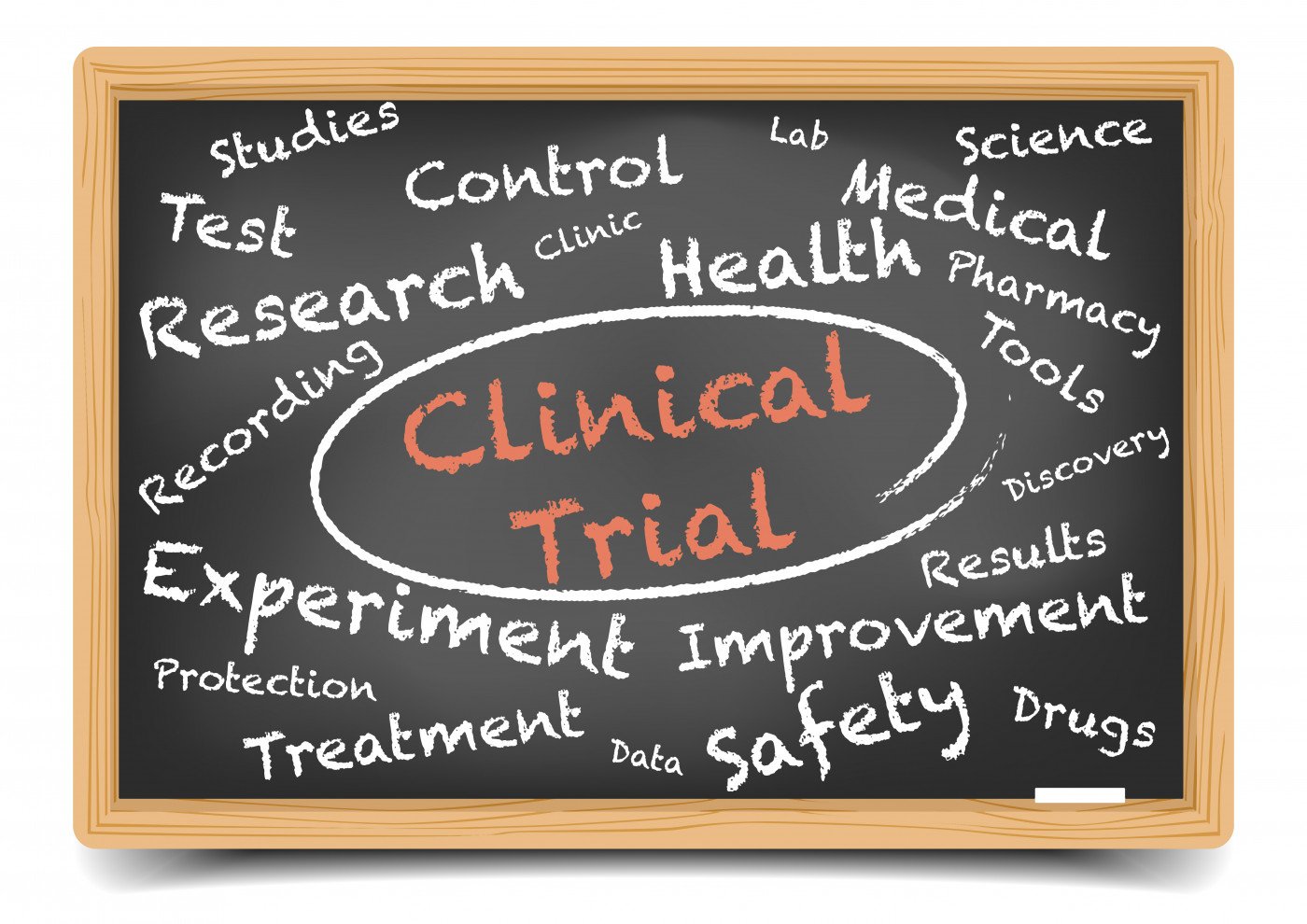Trial Supports Long-term Maintenance Therapy With Rituximab

Continuing maintenance treatment with rituximab for long periods increases the likelihood that people with ANCA-associated vasculitis (AAV) remain in remission, without increasing the incidence or severity of adverse events, findings from a Phase 3 trial show.
The study, “Long-Term Rituximab Use to Maintain Remission of Antineutrophil Cytoplasmic Antibody–Associated Vasculitis,” was published in the Annals of Internal Medicine. It was funded by the French Ministry of Health and Roche, which markets rituximab as Rituxan (known as MabThera in Europe).
Rituximab is a monoclonal antibody that binds CD20, a protein found on the surface of certain healthy and malignant B-cells, destroying them. The medication has been approved in the U.S. for two types of AAV — granulomatosis with polyangiitis (GPA) and microscopic polyangiitis (MPA).
Treatment for severe AAV involves an initial induction therapy, which aims to control disease and put patients on remission, followed by maintenance therapy, designed to keep patients in remission for extended periods.
Rituximab maintenance therapy was shown to effectively prevent relapses over an 18-month treatment period, according to results from the Phase 3 trials MAINRITSAN (NCT00748644) and MAINRITSAN 2 (NCT01731561). However, many trial participants went on to experience remissions after this maintenance therapy was stopped.
In the new study, researchers reported results from MAINRITSAN 3 (NCT02433522). This Phase 3 trial enrolled 97 people with AAV — 68 with GPA and 29 with MPA — who were in complete remission after 18 months of rituximab maintenance therapy in MAINRITSAN 2.
Participants were randomized to receive rituximab (50 participants) or a placebo (47 participants) for an additional 18 months. They were about 64 years old on average, and 35% of the participants were female.
In this trial, rituximab was administered at a dose of 500 mg every six months; participants received four infusions in total, and were then followed for an additional 10 months.
At 28 months after the start of the trial, significantly fewer participants on rituximab than placebo had died or experienced any kind of relapse (4% vs. 26%), representing a 7.5-fold reduction in the risk of death or disease relapse.
Relapse was defined as new or reappearing symptoms or worsening disease (a Birmingham Vasculitis Activity Score greater than zero).
No major relapses were reported in participants on rituximab, whereas there were six among participants on placebo (three kidney flares and three lung flares), a statistically significant difference. Rates of minor relapses did not differ significantly between the two groups.
Rates of adverse events were similar in both groups (92% for rituximab and 94% for placebo), as were rates of serious adverse events (24% vs. 30%) and serious infections (12% vs. 9%). No deaths were reported in the trial.
“Long-term rituximab maintenance therapy did not seem to increase the number of adverse events or their severity,” the researchers wrote.
They noted that relapses appeared to be more frequent in individuals with ANCAs against proteinase 3 (PR3) than in those with ANCAs against myeloperoxidase (MPO). Of those in the placebo arm, 40% of participants with PR3 ANCAs experienced a relapse, compared to 12% of those with MPO ANCAs.
Overall, the findings from all three MAINRITSAN trials led researchers to conclude that “rituximab should become the new gold standard to maintain remission, a 500-mg dose per infusion is sufficient, treatment should be prolonged, and an individually tailored regimen may be prescribed,” they wrote.
“On the basis of our results, we propose that future rituximab use be prolonged for patients at high risk for relapses, such as those with PR3 ANCAs and those who have already had a relapse,” the researchers added.
A notable limitation of this study is that, by definition, it enrolled only people who were already able to achieve remission with rituximab, so the results might not be applicable to every person with AAV.





